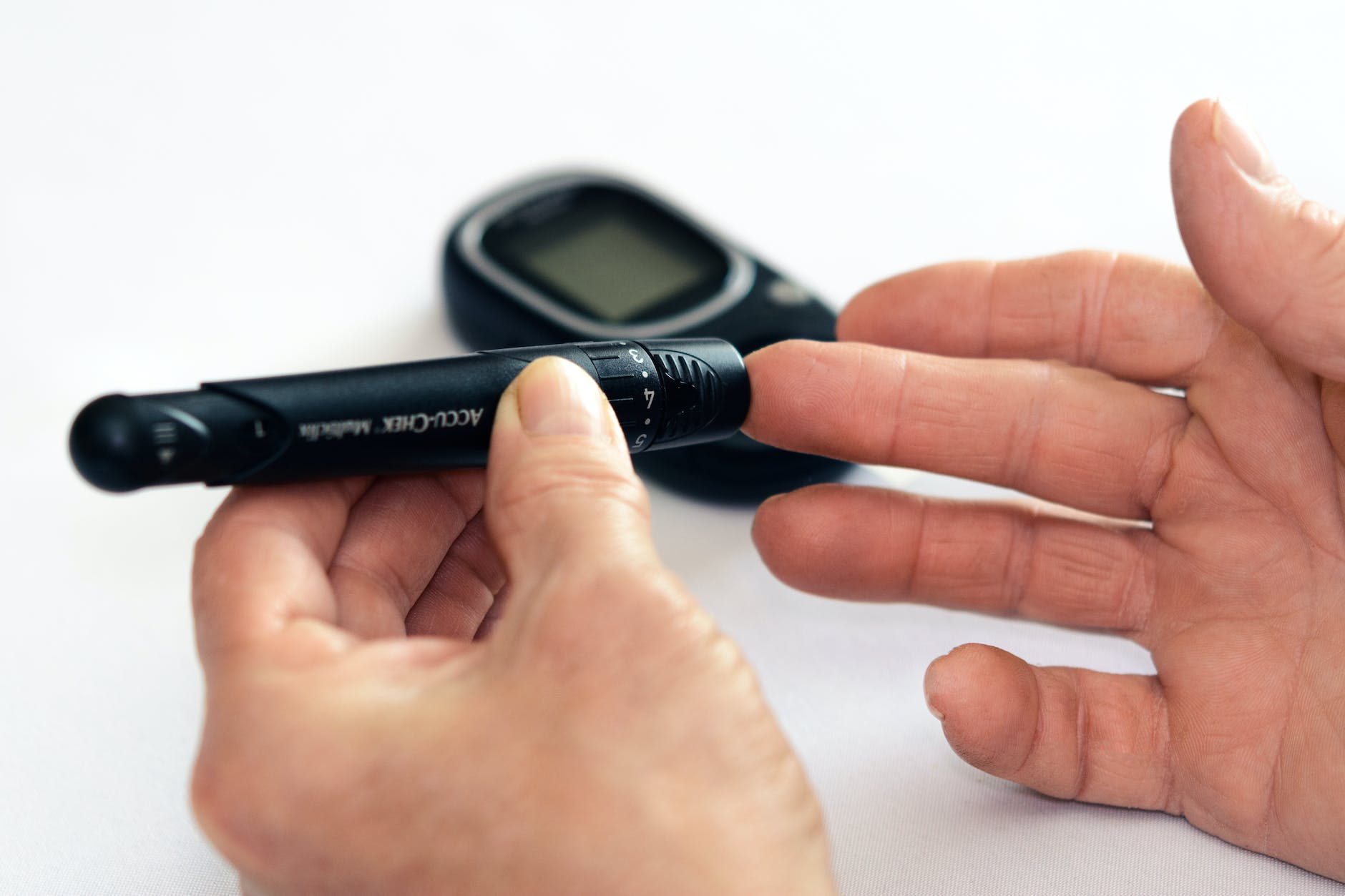Diabetes is a medical issue that is related to ups and downs in the body’s blood glucose. Once you master the art of measuring blood sugar levels, you will be able to handle and control a major part of your condition. If you are newly diagnosed, it can get slightly overwhelming when multiple aspects of your life change all at once. For example, it may be easy as a third person to think about simply measuring your sugar levels or making a few changes in the routine, however, when it is combined and must happen all at once, it may not be as easy as it seems.
Diabetes is a complicated and highly nuanced condition. Using a machine for sugar test regularly is also something that requires learning and discipline. There can be several different ways and mechanisms via which a person can measure their body’s blood glucose levels. Each of those methods would come with its advantages and have varied purposes. Knowing about each of them would give you the required ammunition to be able to effectively deal with the intricacies of this condition better.
Here are some of the different ways in which you can measure your blood glucose levels:
Glucometer – This is the most used sugar test machine that you can also have in your own home. A glucometer is a small, easy-to-carry machine that can be effectively utilized to check blood sugar levels by yourself. The use is pretty simple to understand and people of all age groups who have been diagnosed with diabetes can use it daily. It provides you with an accurate reading of the current sugar levels in the body thus helping you keep the range at the normal level.
- Why is it important – A glucometer is important because it will give you daily and real-time readings of your blood sugar levels thus helping you achieve more normal readings as you can make corrections to your levels. It also helps you figure out patterns of highs and lows
- Frequency – For people with type 1 diabetes, checking their sugar levels via a glucometer should be done at least twice a day. For T2Ds, once a day or once in two days should be good.
HbA1c – This is a blood test wherein blood will be drawn from your vein by a trained lab technician. They will use certain enzymes and tests to measure approximately your 3-monthly average blood sugar levels. The sugar (glucose) molecules that bind to the RBCs are active for about 3 months. This is what the HbA1c test is used for. This range is what will help the doctors determine if the treatment regime is going well or does it need any more modifications
- Why is it important – Depending on the level of control designated on the HbA1c test, your treatment options can be altered or continued. Poor control would mean more changes and a slightly more aggressive routine.
- Frequency – For people with type 1 diabetes, this test should be done once in 3 months. For type 2 diabetes, anywhere between 3-6 months should be a good time duration to get this level tested.
CGM – Technology has brought in the use of the continuous glucose monitoring machine or CGM. This is a device that can be placed on the arm and will read your sugar levels every 15 minutes. It will record these levels for 14 days and you will then receive a graph and the numeric values of your daily readings at a 15-minute interval. This device can also be compatible with your phone or insulin pump.
- Why is it important – A CGM can be highly helpful, especially during the initial phases where you are figuring your dose out, during phases where your sugar levels are not coming under control, or during major life-altering events to have a better check.
- Frequency – Since it can get expensive in India, you can choose to get a CGM device once every 6 months so that you can monitor your eating patterns and the level of insulin you take against it. You can also choose to install it more frequently as it is of great aid in helping you understand your sugar range better.
These are the most common ways of getting your blood sugar levels tested. You can use either one or a combination of these ways to control your diabetes and prevent any further complications. People also choose to get their fasting sugar levels tested by a lab – this can also help them calibrate their readings with the one on the glucometer. This test is required from time to time to also check the accuracy of the glucometer at home. Monitor these levels as frequently as possible to get a better handle on the condition.





